If you click on a link and make a purchase we may receive a small commission. Read our editorial policy.
How HBO's House of the Dragon retconned Game of Thrones and what it could mean for the future of the series
House of the Dragon is using a prophecy to change the past

Near the conclusion of 'The Heirs of the Dragon,' the premiere episode of HBO’s Game of Thrones spin-off House of the Dragon, Targaryen king Viserys shares a secret with his daughter, Princess Rhaenyra. It is a secret, he says, passed down from Targaryen ruler to Targaryen ruler, a secret about a dream.
In addition to riding dragons and, uh, preferring to keep it in the family, Targaryens also have a predilection for prophetic dreams. It is common knowledge amongst them that one of their ancestors had a dream which led the house to come to Westeros, sparing them the doom of their homeland. The secret Viserys imparts to his daughter is that Aegon the Conqueror, the first Targaryen king, had a prophetic dream of his own. He tells her:
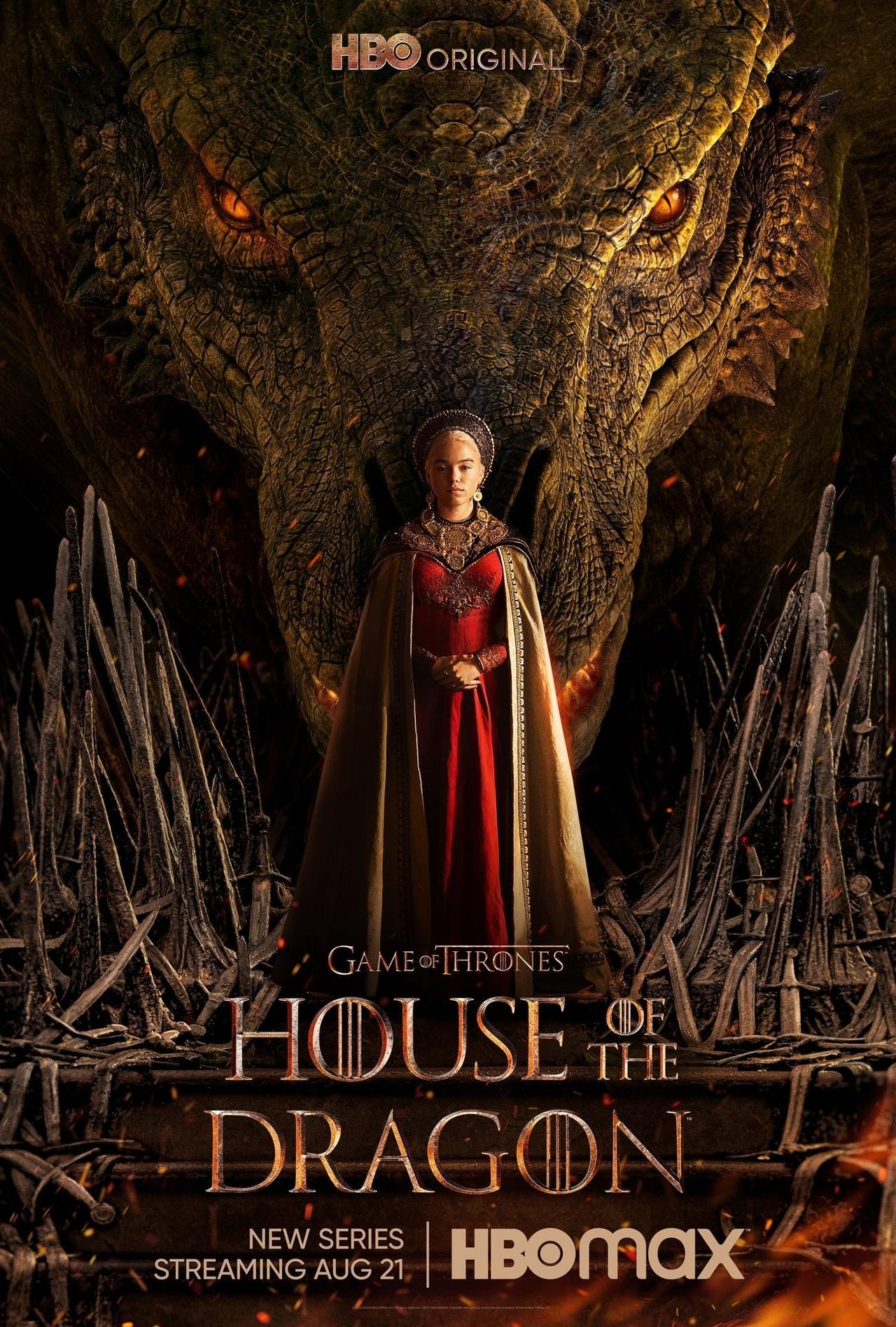
“Just as Daenys saw the end of Valyria, Aegon foresaw the end of the world of men. It is to begin with a terrible winter, gusting out of the distant north. Aegon saw absolute darkness riding on those winds, and whatever dwells within will destroy the world of the living. When this great winter comes, Rhaenyra, all of Westeros must stand against it. And if the world of men is to survive then a Targaryen must be seated on the Iron Throne. A king or queen, strong enough to unite the realm against the cold and the dark. Aegon called his dream ‘A Song of Ice and Fire.’ This secret, it’s been passed from king to heir since Aegon’s time. And now you must promise to keep it. And to carry it.”
This revelation – to both Rhaenyra and the audience – reflects a significant retcon to established Game of Thrones lore (both television and book). It is a retcon which, according to House of the Dragon showrunner Ryan J. Condal, comes directly from author George R. R. Martin himself. It is a retcon which changes the context of Game of Thrones, suggests the possible intent of Condal and his fellow showrunner Miguel Sapochnik to use House of Dragons to tinker with Game of Thrones lore further, and it offers the possibility of there being an entirely new layer of tragedy laid onto future events of the series and its promised civil war.
The Prince Who Was Promised
Game of Thrones viewers know that Aegon’s vision as presented in 'The Heirs of the Dragon' largely proves true: the season 8 episode 'The Long Night' depicts the war of the living against the Night King’s army of the undead, in which a united force of various Westerosi factions under the leadership of the Targarygen aunt-nephew combo of Daenarys Targarygen and Jon 'Turns Outs He’s Also An ‘Aegon Targaryen’' Snow defeat the forces of winter to ensure the continued survival of mankind.
This is an event which hasn’t occurred (and may not occur) in Martin’s novels, with the TV show outpacing Martin and presenting story details based, to varying degrees, on his notes and suggestions in its seventh and eighth seasons. But the idea of the “long night” and an alliance of humanity to prevent an apocalyptic winter born on the backs of ice zombies is very much an element of the book series. When Daenerys enters the House of the Undying to retrieve her stolen dragons (as shown in the finale of Game of Thrones Season 2), she experiences a series of visions, of King’s Landing covered in ash/snow and of her dead husband and son. In the book, she also experiences a vision of her older brother Rhaegar holding his infant son, whom he declares to be “the Prince Who Was Promised”, a prince who has a song, “the song of ice and fire” (A Song of Ice and Fire is, of course, also the overarching name for the saga being told across Martin’s five and counting – theoretically – books, as well, as we learn in 'The Heirs of the Dragon,' the name Aegon the Conqueror gave to his prophetic dream).
In the books, the prophecy of the Prince Who Was Promised tells of a savior who will lead the world of men in defeat of darkness. Through the course of the story, a number of possible 'princes' are floated: Daenarys’ older brother Rhaegar first believed he was the Prince Who Was Promised, then that it would be his (first) son Aegon (as indicated by Daenary’s House of the Undying vision), and possibly later, that it would be his (second) son named Aergon (aka Jon Snow). Maester Aemon (the old maester of the Night’s Watch, himself once Targaryen royalty) came to believe the prophecy referred to Daenarys herself (suggesting that as dragons and the language of Old Valyria are gender-fluid, there’s no reason to be tripped up by the gender dynamics of the word 'prince'). The red priestess Melisandre (who hails from a region in Essos closer to the Targaryen’s ancestral home) believed the prophecy referred to a hero named Azor Ahai, and that Stannis Baratheon was Azor Ahai reborn (an idea which did make its way into the television show, and served as Stannis' motivation in both books and show).
In 'The Heirs of the Dragon', Condal and Sapochnik, with Martin’s blessing, have added a whole new layer to the prophecy, revealing that the prophecy was known to Aegon the Conqueror, and motivated his conquest of the Seven Kingdoms. Not only does this upend our understanding of the founding of the Seven Kingdoms (which had previously been framed simply as the ambitious act of a powerful family who saw the chance to leverage their connection with dragons into political power but which, it turns out, was at least in part a far more altruistic act motivated by a desire to create a political and military bloc capable of withstanding eternal darkness), it also completely reframes the history of this world. It transforms three centuries of conquest and political squabbles, the so-called 'game of thrones,' into a battle for the fate of humanity, while also adding another layer of tragedy to the fall of the Targaryen dynasty, as the believed best hope for humanity’s survival is toppled.
Thrones Redux

When the concluding moments of Game of Thrones Season 7 revealed that Jon Snow was in fact a Targaryen and the trueborn secret child of Daenarys’ brother Rhaegal and Ned Stark’s sister Lyanna, it confirmed a long-held and well-reasoned theory held and championed by a lot of book-readers (which suggested to many of those readers that this TV-only plot point, at least, did come directly from Martin). It also immediately suggested to those familiar with the Prince Who Was Promised prophecy that Jon Snow was almost certainly the prophetic prince, a literal child of ice (Stark) and fire (Targaryen) whose sole motivation at that point in the series was defeating the Night King, staving off another Long Night, and saving mankind (and of course, Jon continues to serve as a candidate for the book reveal of the prince’s identity, even in light of House of the Dragon’s retcon, since he is Targaryen).
Yet when the television series eventually depicted the battle for the fate of the world, it was Jon’s sister/cousin, Arya, who dealt the killing blow to the Night King, saving the world (a blow delivered via the same Valyrian steel dagger that King Viserys is wearing when telling Rhaenyra of Aegon’s prophecy in 'The Heirs of the Dragon' and is still wearing in the second episode, 'The Rogue Prince,' a telling detail).
Needless to say, Arya wasn’t discussed much as a candidate for the Prince Who Was Promised (nor is the Night King himself, at this point in the 'Song of Ice and Fire' book narrative, a character at all). Those familiar with the prophecy from the books came to believe that Game of Thrones showrunners David Benioff and D.B. Weiss simply decided to zig for the sake of it and upend fan expectations by making Arya the one who strikes the killing blow against the forces of evil, not Stannis or Jon or Daenerys or any of the other oft-theorized candidates. In a final season with multiple decisions and story beats that left fans (both book-reader and show-only) some combination of cold, disappointed, and angry, the failure/decision not to pay off the (largely book-only) Prince Who Was Promised prophecy wasn’t the most egregious of sins, but it is a sin, nevertheless.
Does properly introducing the prophecy (albeit in a different, new-to-everyone, manner) in House of the Dragon suggest that Condal and Sapochnik may have an eye on righting some of Game of Thrones perceived wrongs? Condal is a self-described fan of Martin’s books, who sought out the author to pitch himself as a showrunner, while Sapochnik directed some of the fan favorite Game of Thrones episodes and clearly has enough affection for the story to return to it for this spinoff.
While nothing in the reveal of Aegon’s prophecy in 'Heirs of the Dragon' immediately ameliorates the puzzling role of Arya in the TV version of that prophecy, it does show that the Condal and Sapichnik are not above retconning past events. Are they reminding audiences of the Prince Who Was Promised and the incongruity of Arya’s role (Viserys keeps touching and wearing that dagger!) because they intend to add some additional context to help it all fit together? Is it possible that future episodes may contain similar, more direct, efforts to retcon or otherwise smooth out some of the rough edges of Game of Thrones’ late season storytelling beats? Only Condal and Sapochnik know for sure, of course, but the possibility is stronger now than it was pre-'Heirs of the Dragon'.
The Tragedy of the Dance

Continuing to speculate on future developments, the Aegon Prophecy retcon also has the potential to change the thematic and dramatic stakes of what Fire and Blood readers know lies ahead in the narrative of House of the Dragon. By adding an altruistic element to Aegon’s conquest and the continued rule of House Targaryen, the series has dramatically upped the stakes of the game of thrones. We know that Aegon’s dream, at least in some form, is true, and that discontinuity of Targaryen rule brings the world dangerously close to its end (and, in the books, it’s entirely possible things shape out differently yet than in the show, and said discontinuity may cause larger issues than it did on the show).
That transforms the internal house struggle at the center of House of the Dragon’s dramatic conflict – who will control the throne, Rhaenyra and her Blacks or the children of Alicent Hightower and her Greens – into one for the fate of the world. Readers of Fire and Blood and watchers of Game of Thrones know that the Dance of the Dragons, as the upcoming Targaryen civil war is called, marks the beginning of the end of the Targaryen dynasty, in part because it pushes dragons to the brink of extinction. What we’re about to watch unfold in the series, then, isn’t just an internal political squabble, but a squabble which risks the future of humanity by threatening the continuity of Targaryen rule.
It’s also entirely possible that the secret of Aegon’s dream, a secret passed from Targaryen heir to Targaryen heir, dies in the Dance as well. Trusting the knowledge of world-ending prophecy that you believe only you and your family can prevent to a mere handful of people, usually just one or two at most, isn’t the smartest idea, in part because it assumes a smooth transition of power to carry the knowledge forward. What if Viserys had died suddenly before naming an heir and passing on the prophecy? Or what if Rhaenyra, upon growing older and finding her claim to the throne challenged, keeps the information to herself? It seems highly unlikely that she would share it with any subsequent 'kings' she believes to be illegitimate usurpers and who also represent the leaders of the faction with which she is warring.
It could be that by the end of the Dance of the Dragons, knowledge of Aegon’s dream dies with the dragons, lost in the internecine struggles of the very people Aegon believed were integral to staving off disaster. This would present the tragedy at the center of House of the Dragon in a whole new light, centering the fight for control of the Iron Throne not just as one which destabilizes the realm and the lives of the common folk caught between the two warring factions or threatens the existence of dragons, but as a fight which threatens to erase a piece of information critical to staving off the end of the world, and the power of the people needed to prevent that apocalypse.
Of course, the reveal in 'Heirs of the Dragon' may well be the last we hear of Aegon’s dream in the show. It’s very mention in that episode and that episode alone already upends much of the established lore of Martin’s literary Song of Ice and Fire, while also suggesting the events of the Game of Thrones TV show are not set in stone and are open to reappraisal and recontextualization by its prequel series. And even if the knowledge of Aegon’s dream isn’t hauled out repeatedly through House of the Dragon to remind audiences of the stakes of the upcoming Dance of the Dragons, it still exists at the edges of the narrative, something we can be reminded of whenever we see that Valyrian 'catspaw' dagger, a reminder that the game of thrones, in whatever era, is no longer simply a game for political power and dynastic control, but a game with the fate of the world on the line.
HBO's House of the Dragon panel brings Game of Thrones back to SDCC
Follow Popverse for upcoming event coverage and news
Find out how we conduct our review by reading our review policy
Let Popverse be your tour guide through the wilderness of pop culture
Sign in and let us help you find your new favorite thing.





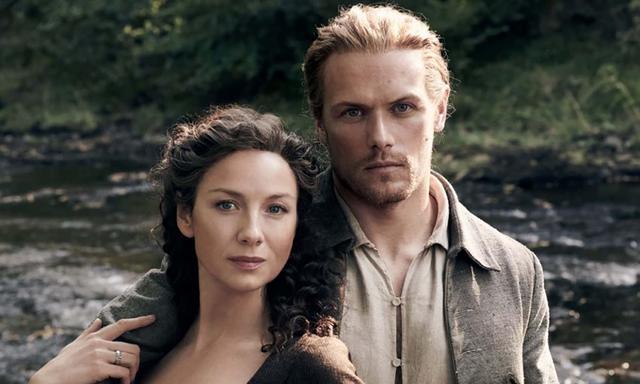

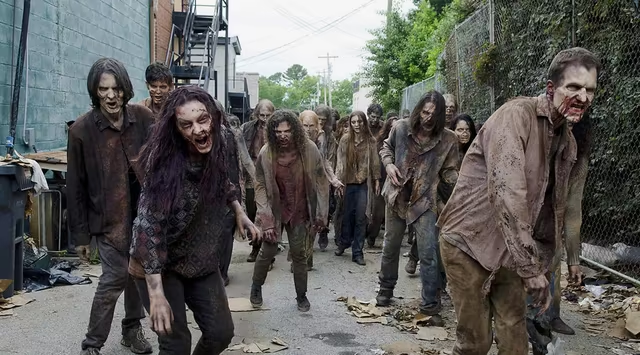
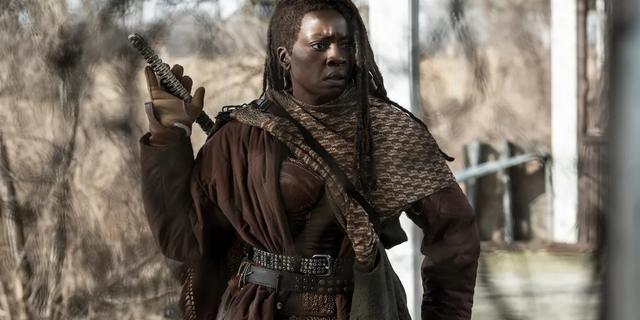
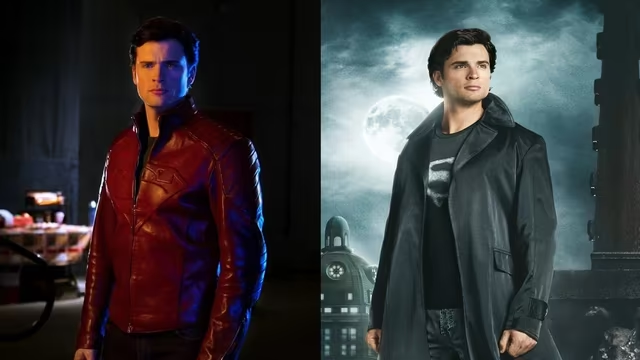






Comments
Want to join the discussion? Please activate your account first.
Visit Reedpop ID if you need to resend the confirmation email.